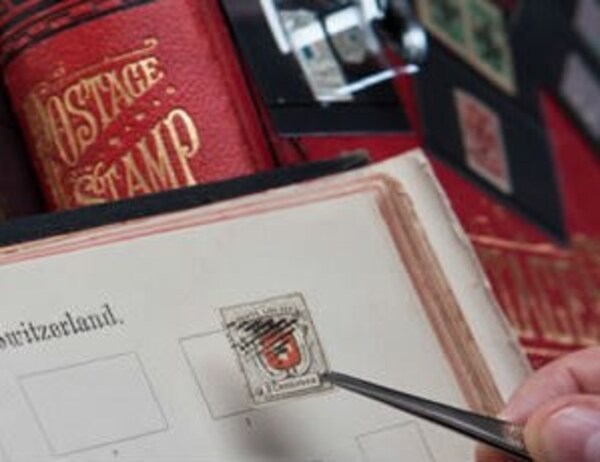The Provisional Government of Ireland needed a supply of newly designed stamps, and pending the delivery of those, the then current Great Britain stamps were overprinted and issued from 17th February 1922.
These complex looking issues are often passed by collectors, but are not as difficult to classify as one might expect. The overprinting was carried out by four different printers during its relatively short life span, Dollard, Thom, Harrison and The Government Printing Works, the first issues in five lines reading “Provisional Government of Ireland 1922”, and later three line “Irish Free State 1922”.
The ½d to 1s values can be sorted firstly by the Dollard issue (SG 1/9) which has the distinctive long tailed “9”. Next we have the coil stamps overprinted by Thom (SG 10/15) printed at the same time as the Dollard issue, these recognisable from the latters “R” always over the “Se”.
Harrison and Sons overprinted the next issue of June to August (SG 26/29), again for coil machines, these can be distinguished from the Thom overprints as they are wider, and “i” extends below the base of “R”.
Dollard lost the printing contract to Thom, and the next issue of June to November (SG 30/43) have a distinctive shiny blue black.
The last Provisional issue is the November-December (SG 47/51) has is a much wider overprint.
1922 (December) saw the issue of the three line overprint (SG 52/63), the ½d, 1d, 1½d and 2d need to be sorted for the coil issue printed by Harrison (SG 67/70), this is recognisable by the foot of “1” is usually rounded, and the second “e” is slightly raised, and this conclude the ½d to 1s series.
The Seahorse high values comprising 2s 6d, 5s and 10s have always appealed to both Great Britain and Irish collectors due to their wonderful classic design.
The four line Dollard overprints (SG 17/21) with the long “9” can only be confused with the much scarcer Thom issue (SG 44/46), but the latter tend to be in shiny blue black ink and the “h” and “e” are closer and horizontally aligned, not so on the Dollard printing.
Next we have the “narrow date” issue (SG 64/66) which can be separated from the 1925 (SG 83/85) as the latter has a grey black overprint as opposed to the blue black of Thom.
The “wide date” issue of 1927-28 (SG 86/88) are highly collectable in pairs from a composite printing showing narrow and wide date se-tenant.
The last Seahorse issue is the 1935 re-engraved design (SG 99/101).
There are plenty of overprint varieties to keep the specialist keen, but also the varieties known on the British stamps can also be found in the overprinted version too, incl. the reversed “Q” on 1d, frame breaks on the 4d and 10d, Seahorses are known with the rare major and minor re-entries etc.


 General
General
 General
General
 General
General